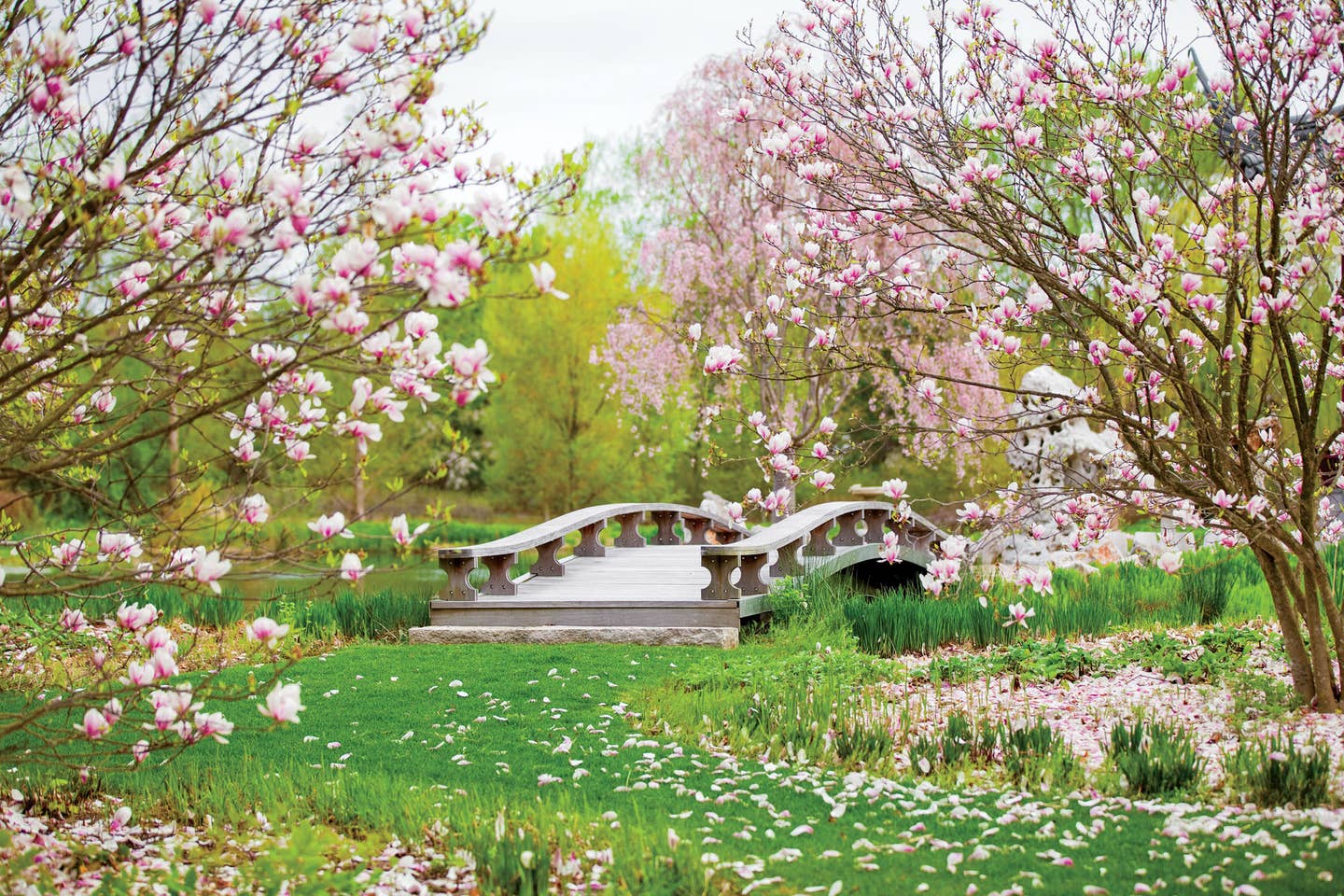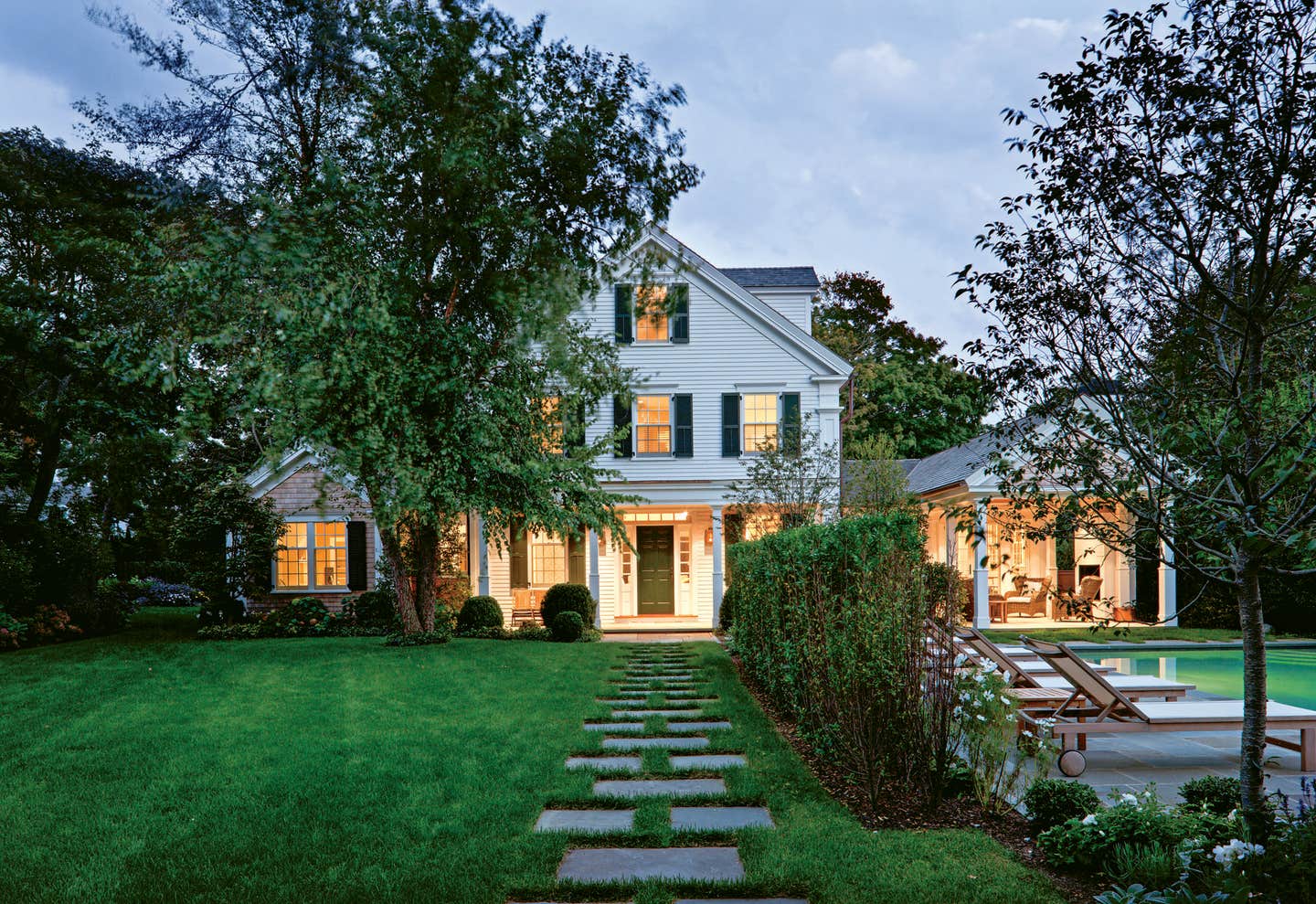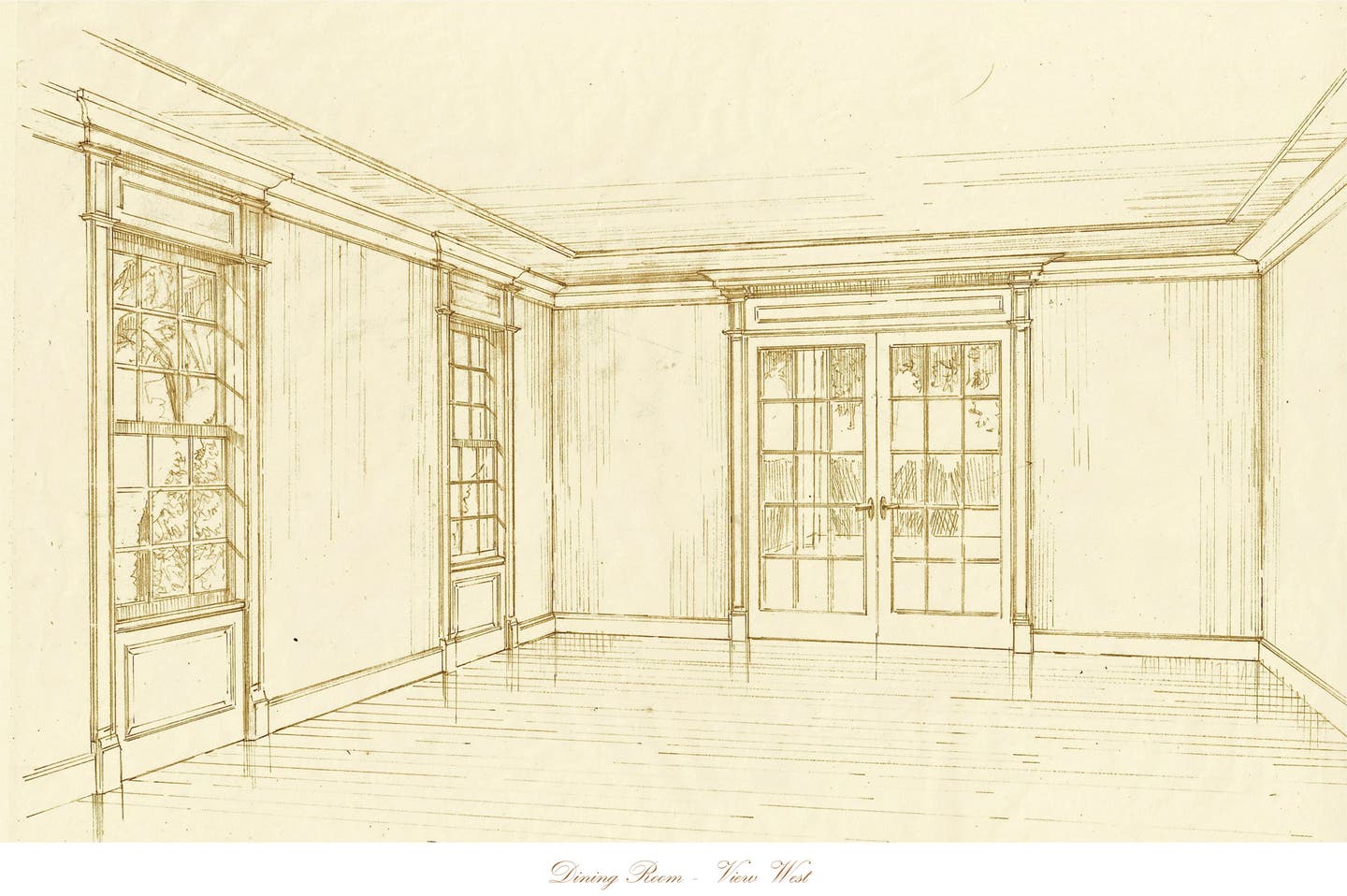
Profiles
The Landscape Masterpieces of Thomas L. Woltz
On the landscape architecture scene, Thomas L. Woltz FASLA, CLARB, is considered a visionary. So it’s illuminating to view things through his ever-excited eyes. When he gazes at a green space, he sees a forest of abstract art through the trees. His epiphany that landscape architecture goes far “beyond the decoration of the outdoors with plants” came long before his career was fully cultivated.
Woltz, the owner of Nelson Byrd Woltz Landscape Architects, which has won more than 100 national and regional awards since its establishment in 1985, studied architecture and architectural history at the University of Virginia. Later, he earned master’s degrees in architecture and landscape architecture.
“My ‘conversion’ came after I lived in Venice, Italy, for five years,” says Woltz. “I came to understand that the landscape, in the biggest sense of the word, was everything outdoors, which in Venice was not trees, gardens and parks but rather courtyards, plazas, streets and canals, in other words, minerals and water.”
Making “design in the stewardship of ecology and culture in the landscape” his mission, Woltz and his 45-person firm, which has offices in Charlottesville, Virginia, and New York City, have created landscapes in 25 states and 12 countries in spaces ranging from public parks and university campuses to historic sites and botanic gardens.
It is Woltz’s firm that is designing the six-acre public square and gardens at Hudson Yards in Manhattan, restoring and revitalizing Memorial Park in Houston and implementing its redesign of Centennial Park in Nashville.
And Nelson Byrd Woltz recently completed a four-year renovation and expansion of Florida’s Bok Tower Gardens, which was designed in 1922 by Frederick Law Olmstead Jr.
Whatever the project, Woltz aims to “discover how design can capture the distinct and unique voices of the site.”
Take Thomas Jefferson’s Monticello in Charlottesville.
A decade ago, Nelson Byrd Woltz began studying the estate’s 2,600 acres. After extensive consultations with conservation biologists as well as the house’s staff—archeologists, historians, preservationists, educators and curators—the firm made recommendations that placed the site in historical perspective yet kept it relevant and informative for the more than 530,000 tourists who visit each year.
The give-and-take process also included studying historic surveys and maps, coming up with conservation initiatives for water quality and biodiversity and performing soil tests.
Woltz says the team then used a series of questions. Could we use active farming as a tool for cultural landscape preservation? Could we connect the contemporary visitor to Jefferson’s vision for the agrarian economic base he believed in? Could sustainable agriculture today build on the innovations of Jefferson and bring immediacy to his message for the 21s-century visitor to inform the design?
The team worked with its farm consultant to determine which crops would be most viable, generating a 10-year business plan.
The Monticello plan balances culture, ecology and agriculture to “tell a richer story about the land, its people and Jefferson as a visionary farmer,” Woltz says.
In addition to designing, Woltz, who is 50, travels around the world checking up on the firm’s projects. He recently returned from two back-to-back trips—one to England, Switzerland and Portugal; the other to New Zealand, Australia, and Tasmania.
“Traveling always expands the mind and leads to inspiration,” he says. “The inspiration comes from embedding yourself in the daily reality of the place. I immediately try to figure out the public transit, explore vegetable markets, new and old architecture, and, of course, public parks.”
Despite his late entry into the field, Woltz’s love of the landscape can be traced all the way back to his boyhood. His childhood farm in Mount Airy, North Carolina, featured a kitchen garden that provided vegetables for family meals.
His love for landscapes dovetailed with his affinity for architecture when he was living and working in Europe after college.
From the Veneto region of Venice, where he frequented Palladian villas, he honed his appreciation for the scale and craft of renaissance buildings and their symbiotic relationship with their surroundings.
“The idea that these villas were agricultural buildings integral to the act of farming and that they were also connected to the concept of villegiatura, a philosophy of the betterment of the soul by the direct contact with the productive landscape, was very inspiring and embedded in me an understanding that design carried meaning beyond aesthetics,” he says. “The buildings and landscapes of these villas were inseparable; neither functioned without the other.”
It was in Paris that Woltz came to understand that cities possess a “landscape metabolism” where courtyards, parks, alleys and boulevards are connected to each other like branches on a tree.
“They form a continuous urban landscape experience and perform important services like biological connectivity, increased biodiversity, stormwater management, and urban heat island mitigation,” he says. “In the United States, too often we find parks operating as objects that are disconnected, even isolated, by hostile urban environments.”
Woltz also gets inspiration from historians/authors like Robert Pogue Harrison, Andrea Wulf and Betsy Barlow Rogers who, he says, “describe the power of meaning in the landscape.”
Their works illuminate the human-landscape link, he says, “over time through many lenses, from founding politicians, global explorers and 19th-century designers to the role of landscape in contemporary life.”
Nelson Byrd Woltz Landscape Architects works in a broad range of design languages and horticulture.
“I would not say that our firm has a style at all,” he says. “We seek to be responsive to the unique context of every project and generate a design that feels integral to that place.”
Woltz, who was named the Design Innovator of the Year by The Wall Street Journal Magazine in 2013, became a partner at Nelson Byrd Landscape Architects in 2004 and the owner in 2013.
He remains captivated by the “simultaneous power and fragility” of landscape architecture to “hold our civilization’s cultural history while performing ecological services critical to human life.”
The stories stored in the land, he says, can vanish unless they are carefully tended, retold and revealed. Landscape architecture can be a powerful agent for preservation of these narratives.
“My ideal project is one that is public and combines a fascinating cultural landscape with an ecological landscape in need of care,” he says.
Woltz, who forms decade-long relationships with clients, sees his role as being a “careful steward of the lands entrusted to my firm.”
When Woltz is not in the field or in his office, he’s tending his own 18-year-old garden at his 1890s house in downtown Charlottesville.
Its series of spaces, formed by sheared Carpinus betula hedges, include a circular garden room, a bowling green, a native and Asian shrub collection, a perennial garden and a small vegetable garden.
“Sadly, I travel too much to care for it alone the past few years,” he says. “Still, I try to keep up with shearing the couple hundred feet of hornbeam hedges myself four times a season. It’s a labor of love.”








